The Foundations of Japanese Architecture Examined at the Mori Art Museum
In a 2018 exhibition, the Tokyo museum explored the origins and history of Japanese architecture, a discipline in constant renewal.
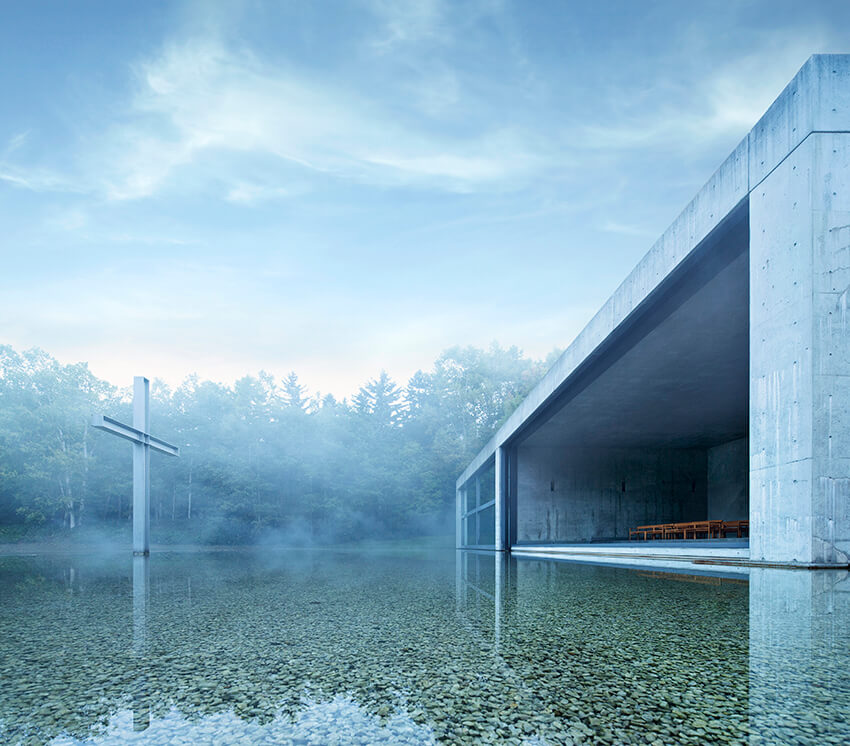
Courtesy of Mori Art Museum
Even if it’s just because it’s guarded by one of Louise Bourgeois’ Maman—the giant spiders sculpted by the French artist—the trip to Roppongi Hills in Tokyo to visit the Mori Art Museum is worthwhile. Once inside, the quality of the programme is sure to trap any art lover in its web.
A perpetual renewal of creativity
From 25 April to 17 September 2018, the institution hosted Japan in Architecture, an exhibition retracing the genealogy and evolutions of Japanese architecture. Driven towards renewal and progress by its impetuous nature, the country perpetually sets itself the task of displaying exceptional creativity and rigour.
The main objective of the exhibition was to define what makes Japanese architecture an example to be followed—always humble, but at the cutting edge.
Japan in Architecture (2018), was a temporary exhibition held at the Mori Art Museum.
Address: Roppongi Hills Mori Tower, 6-10-1 Roppongi, Minato-ku, Tokyo, Japan.
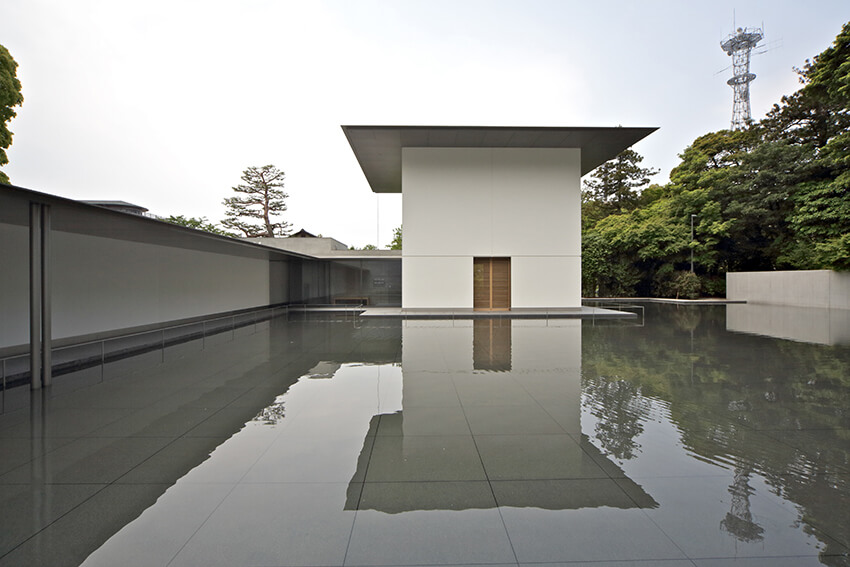
Courtesy of Mori Art Museum
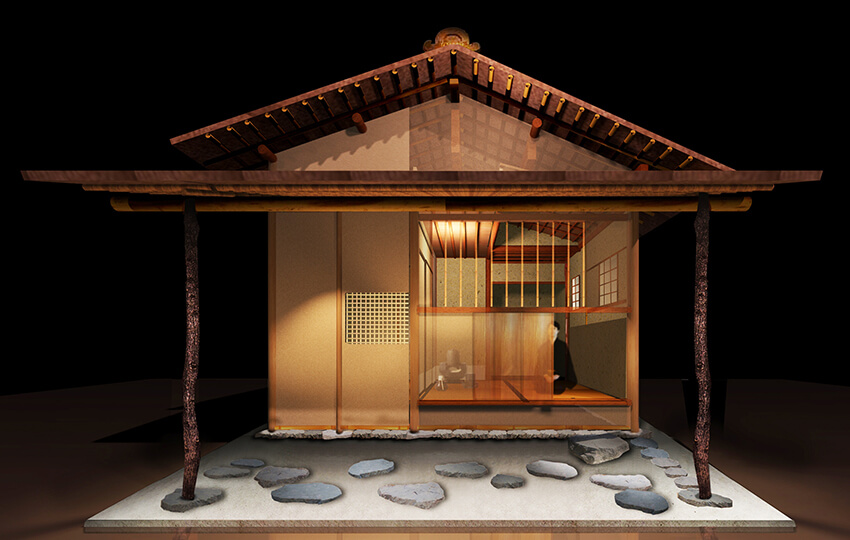
Courtesy of Mori Art Museum
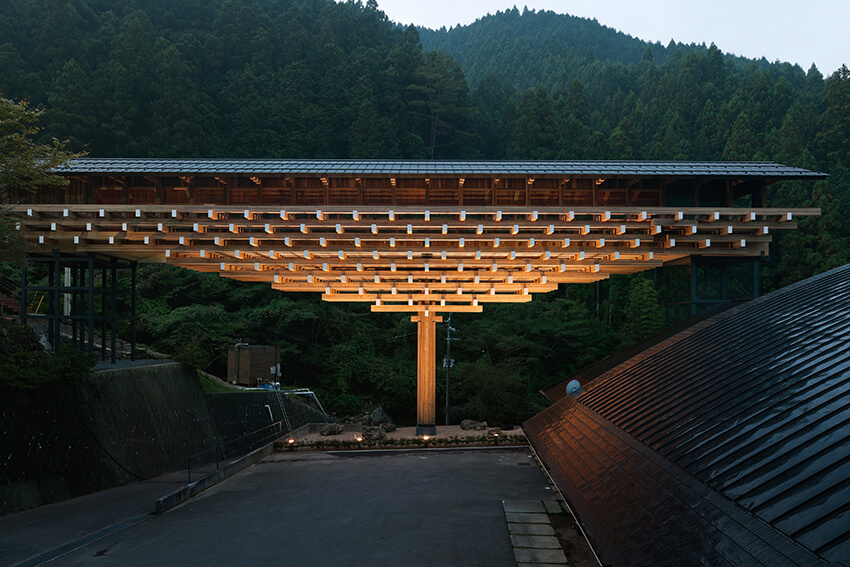
Courtesy of Mori Art Museum
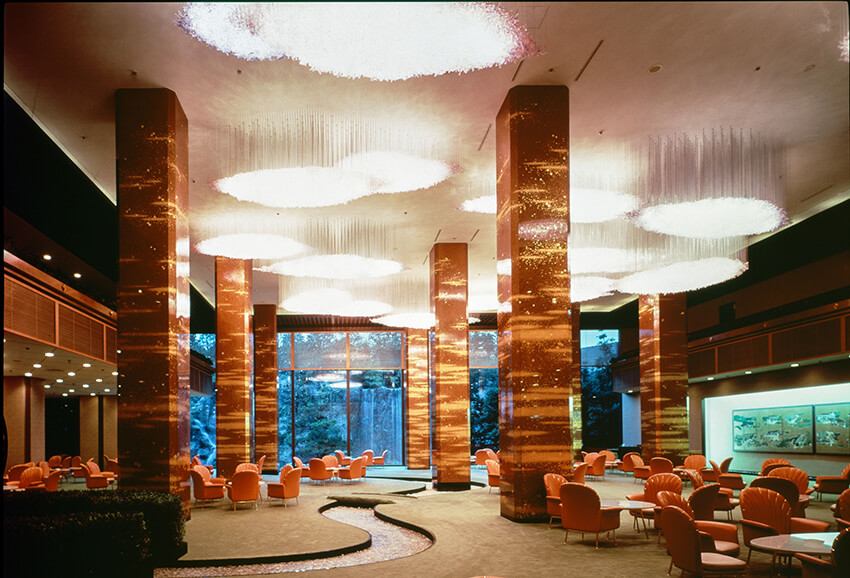
Courtesy of Mori Art Museum
TRENDING
-
The Tattoos that Marked the Criminals of the Edo Period
Traditional tattoos were strong signifiers; murderers had head tattoos, while theft might result in an arm tattoo.

-
Paris, Tokyo: Robert Compagnon
With his co-chef and talented wife, Jessica Yang, Robert Compagnon opened one of the top new restaurants in Paris: Le Rigmarole.
 3:31
3:31 -
The Story of Sada Yacco, the Geisha who Bewitched Europe
Described by Dazed magazine as the first beauty influencer, she has been restored to her former glory since 2019.

-
Ito Jakuchu's Naturalist Paintings
From 15 September until 14 October 2018, the Petit Palais showcased the artist's iconic ‘Images of the Colourful Realm of Living Beings’.

-
Chiharu Shiota, Red Threads of the Soul
Last year, more than 660,000 people visited the retrospective 'Chiharu Shiota: The Soul Trembles' exhibit at the Mori Art Museum.





